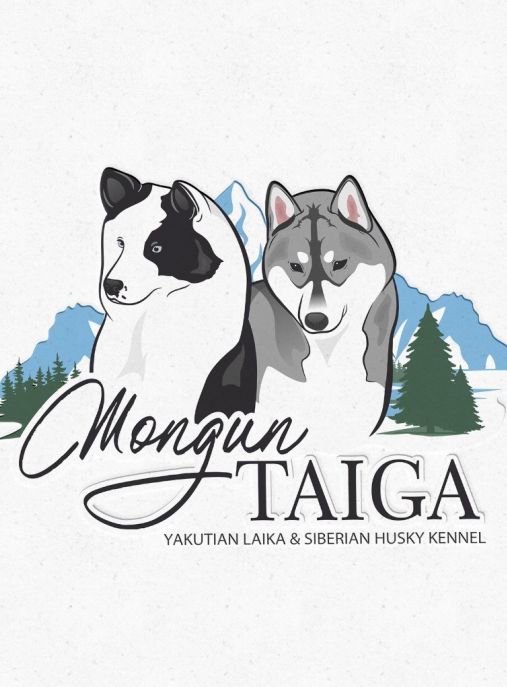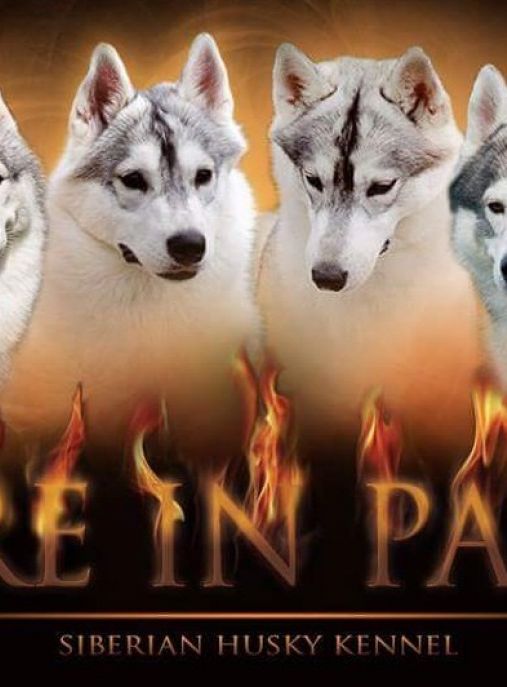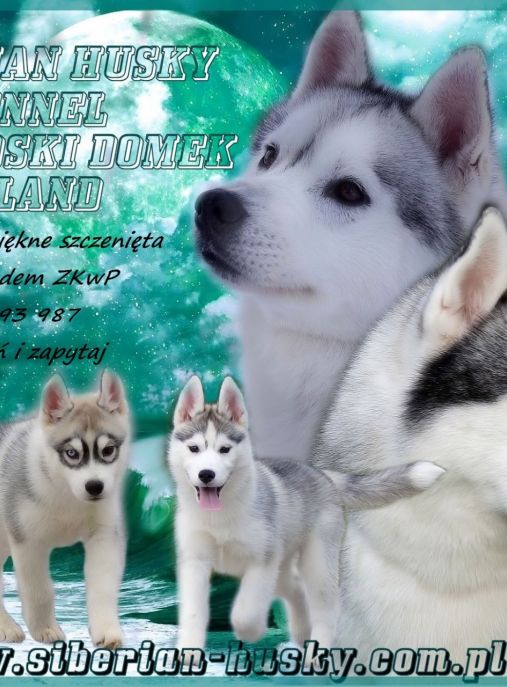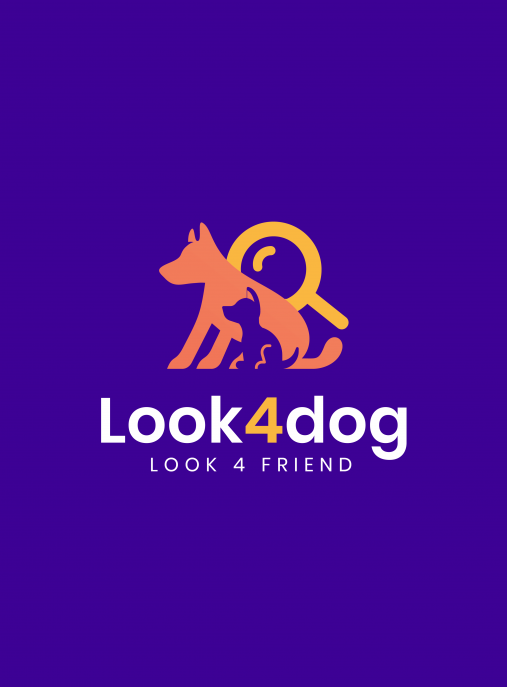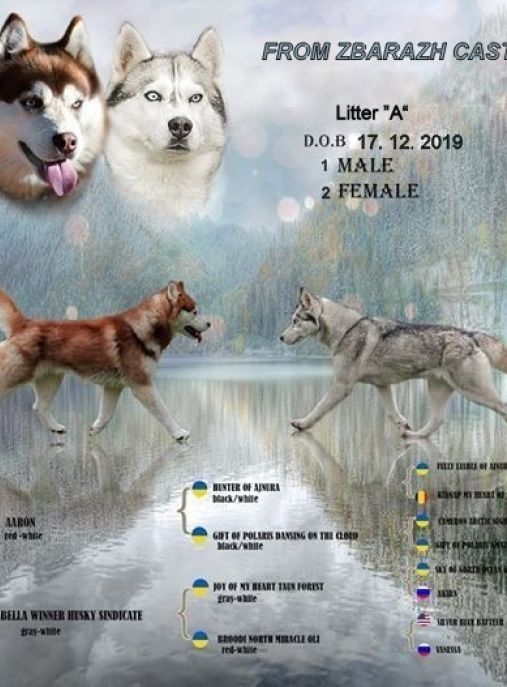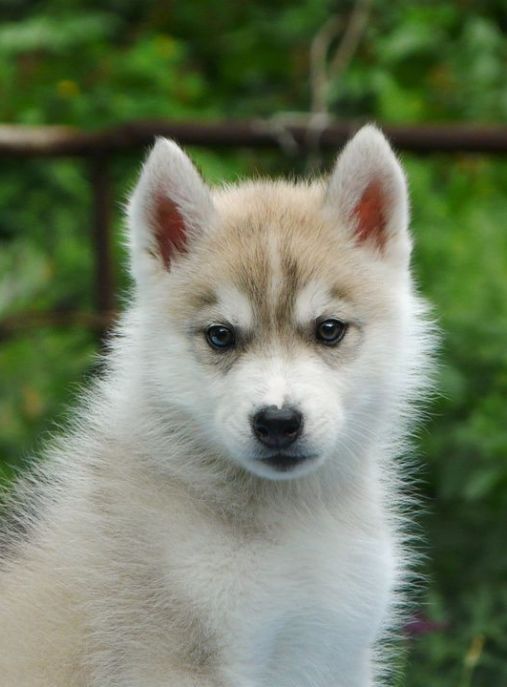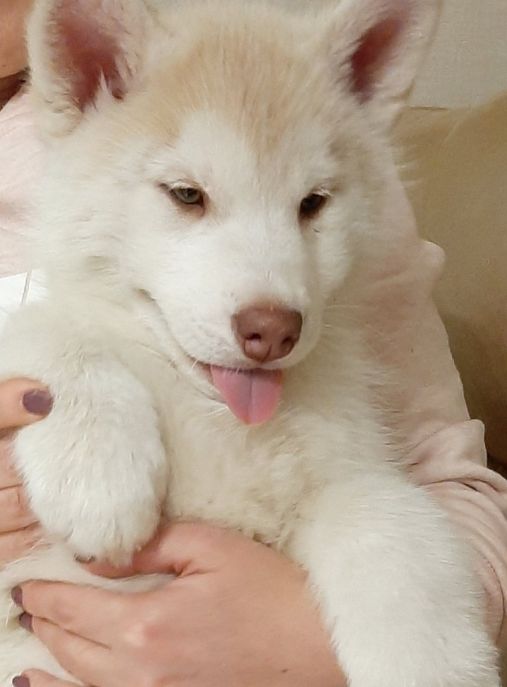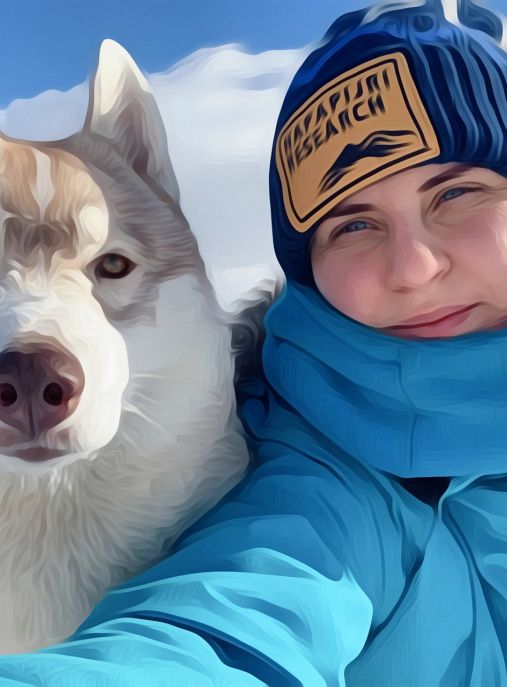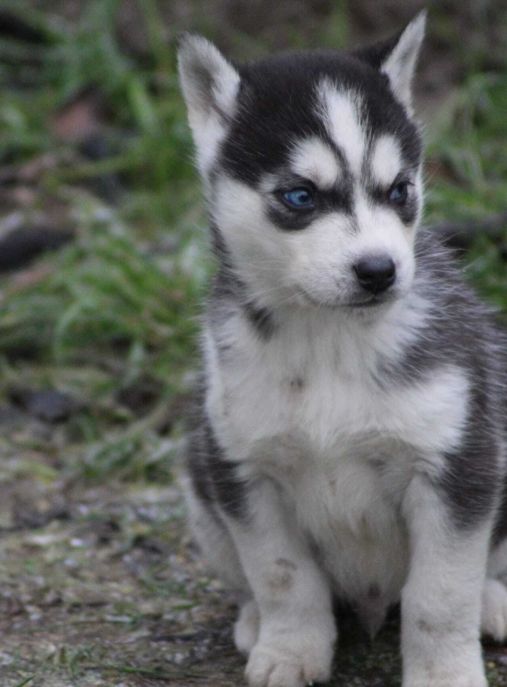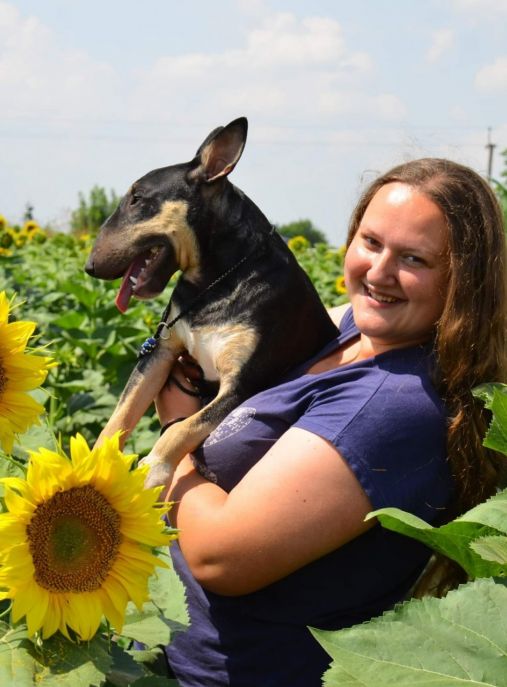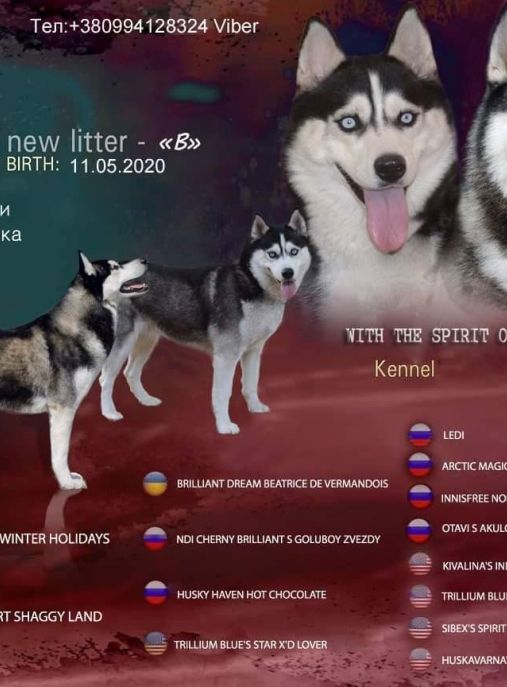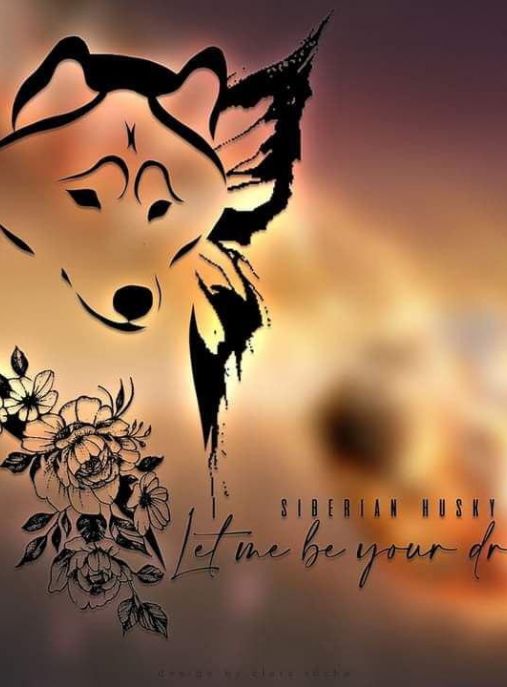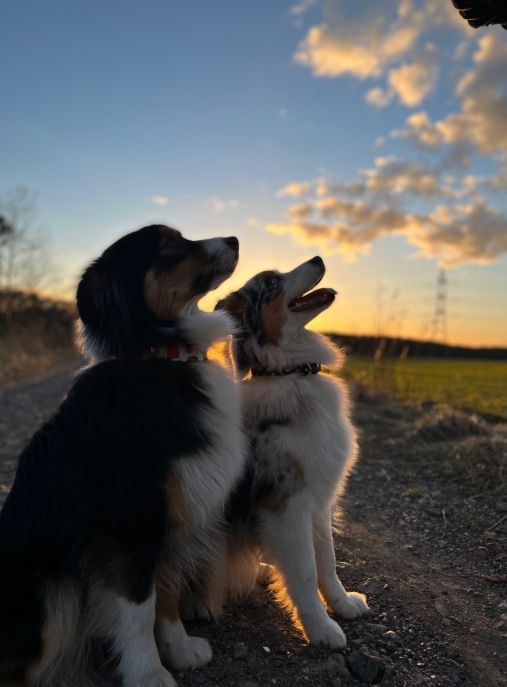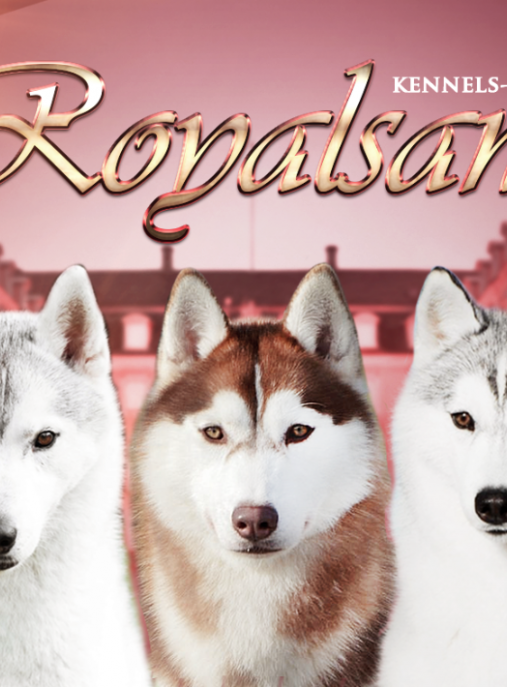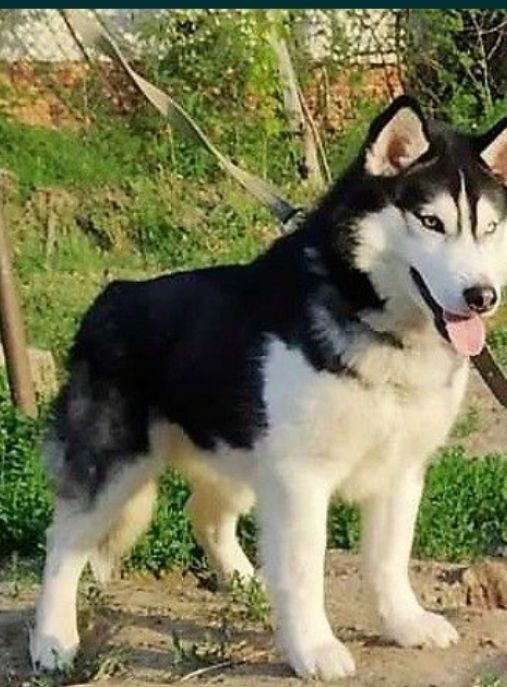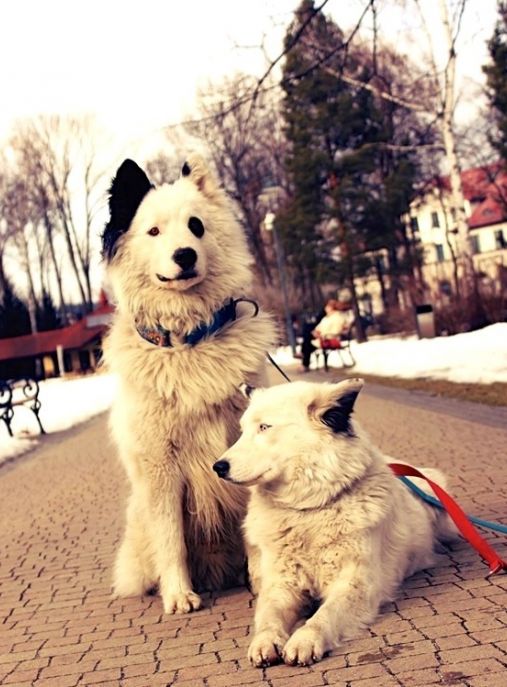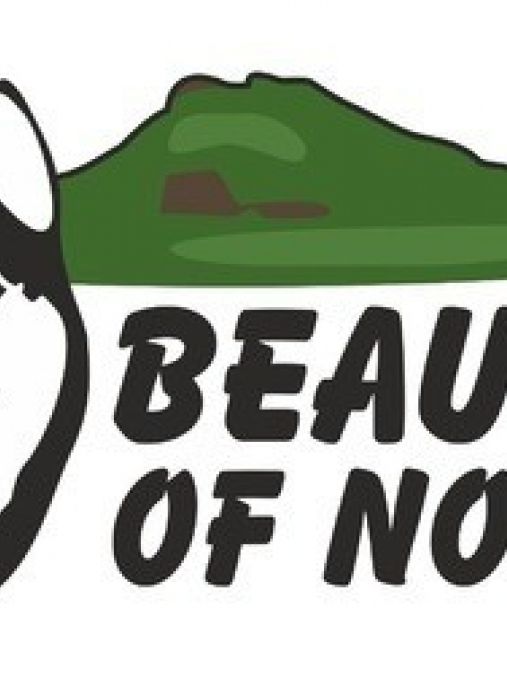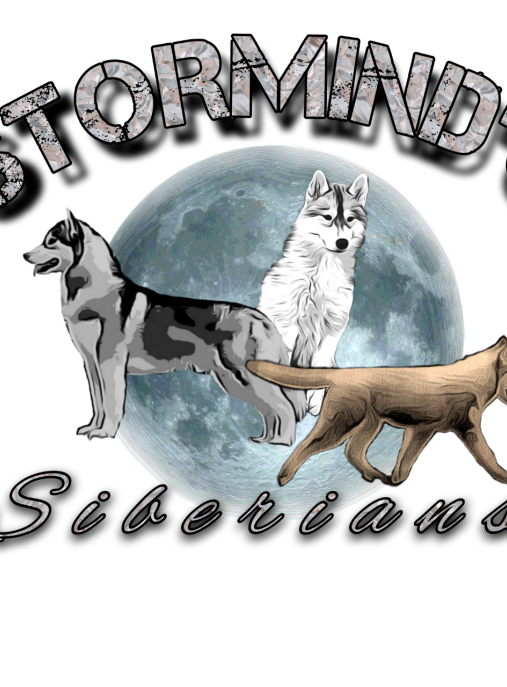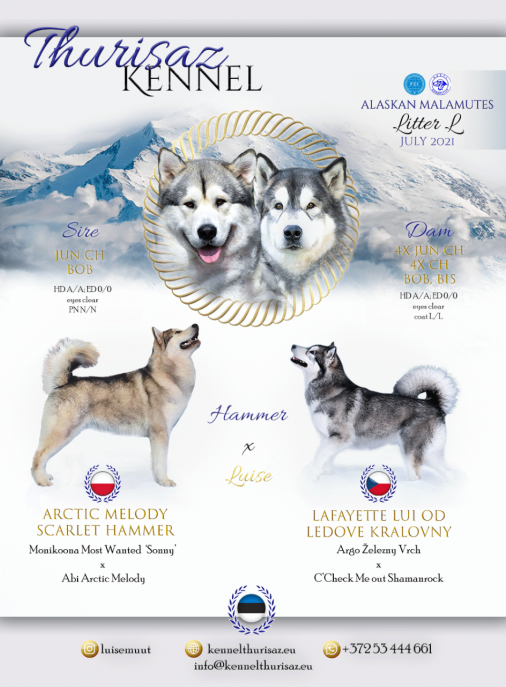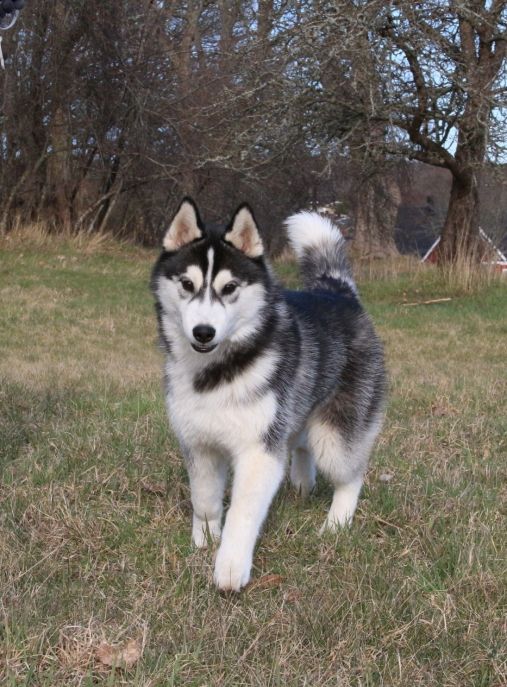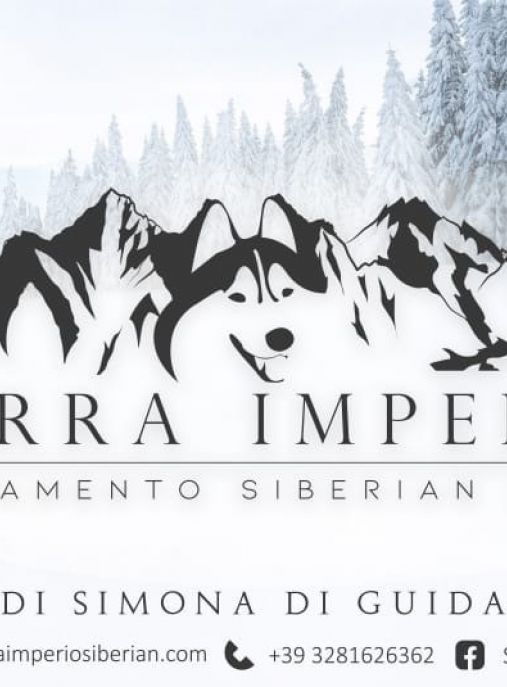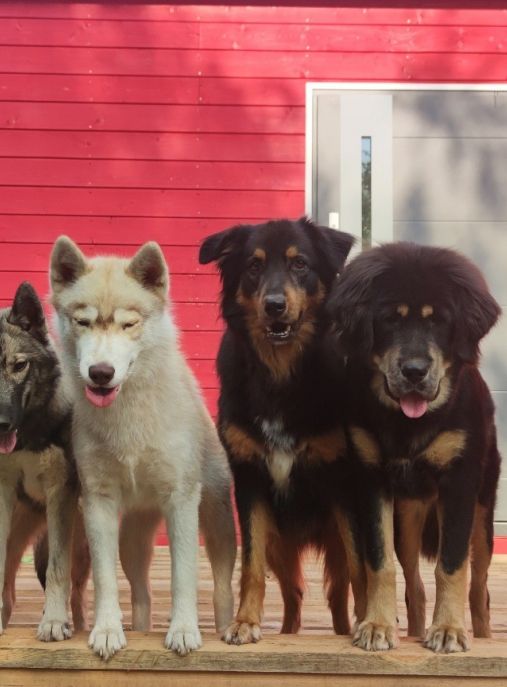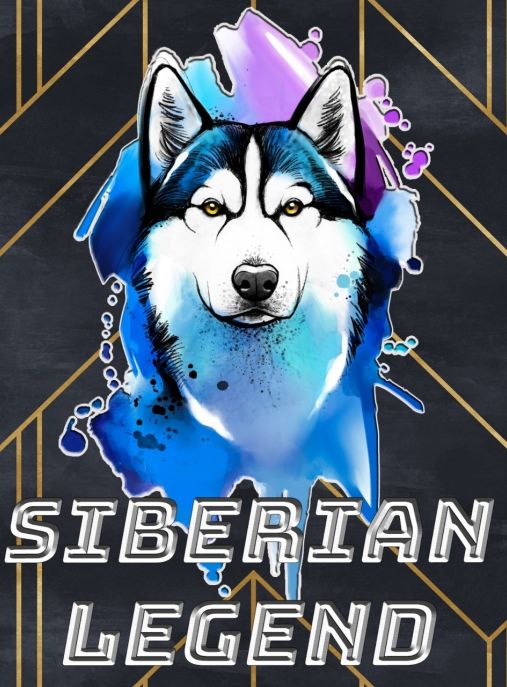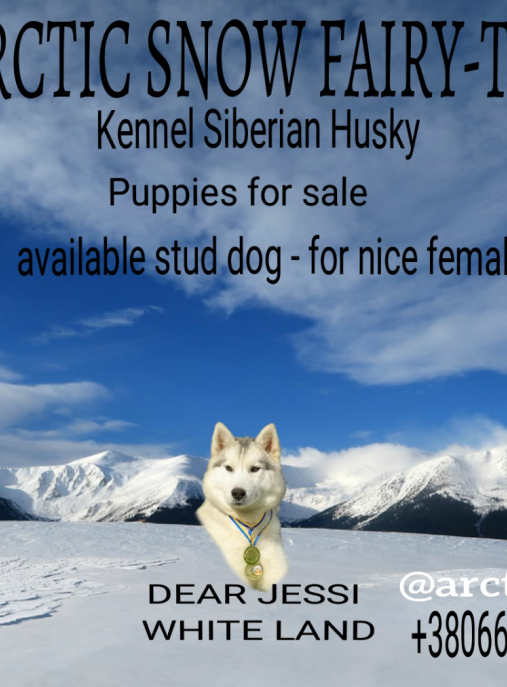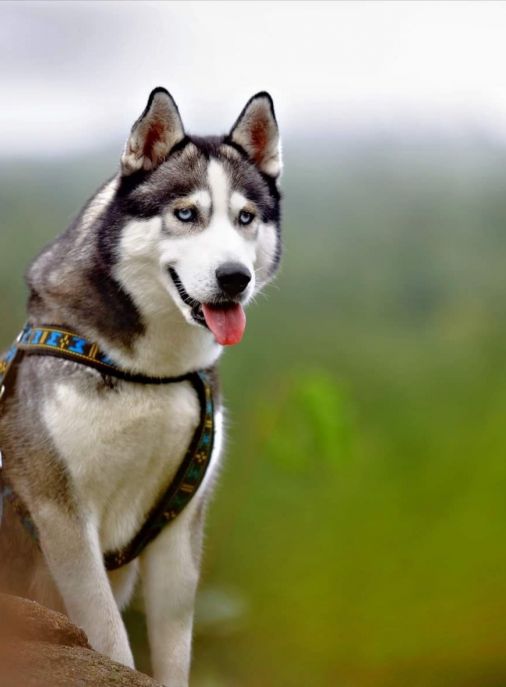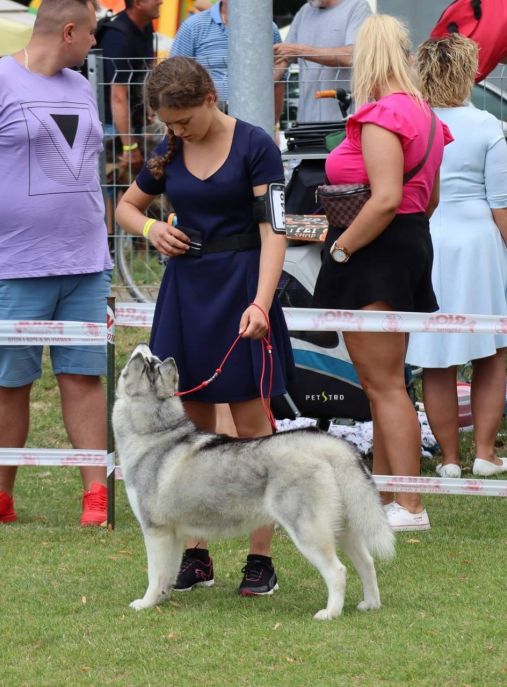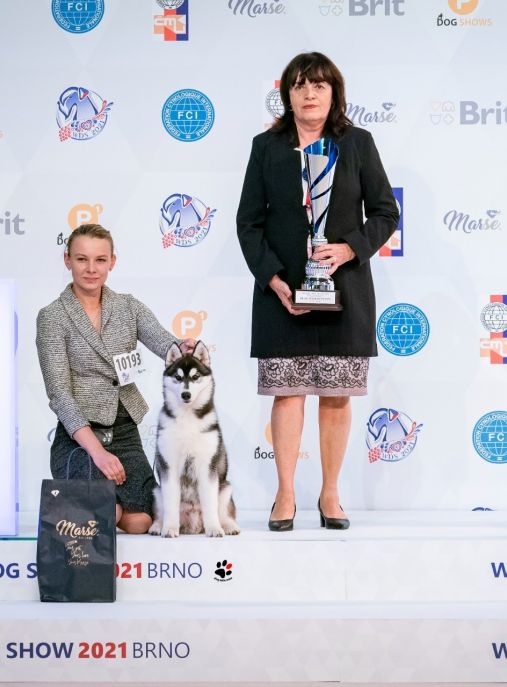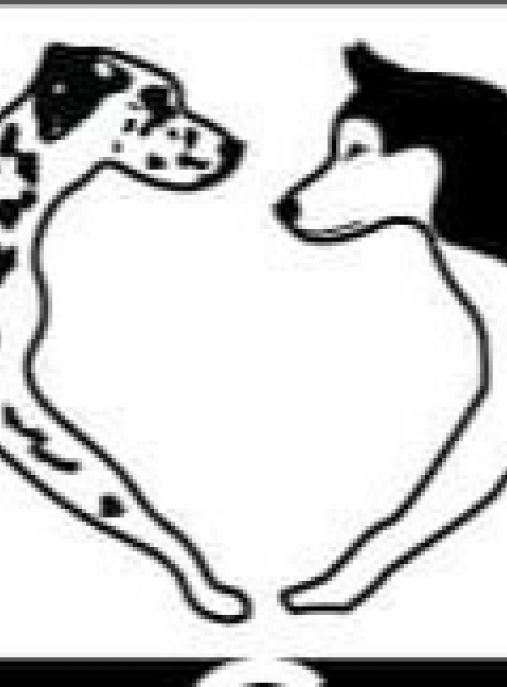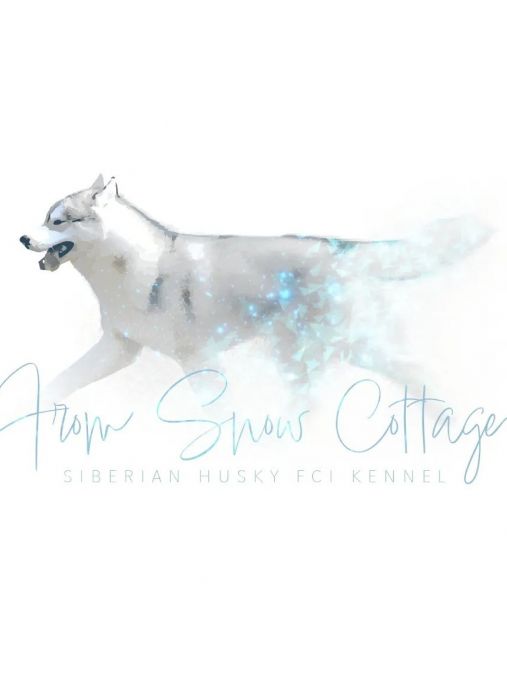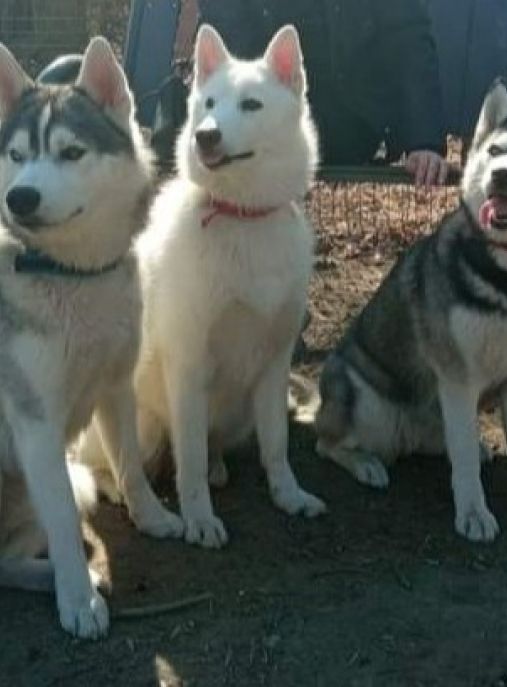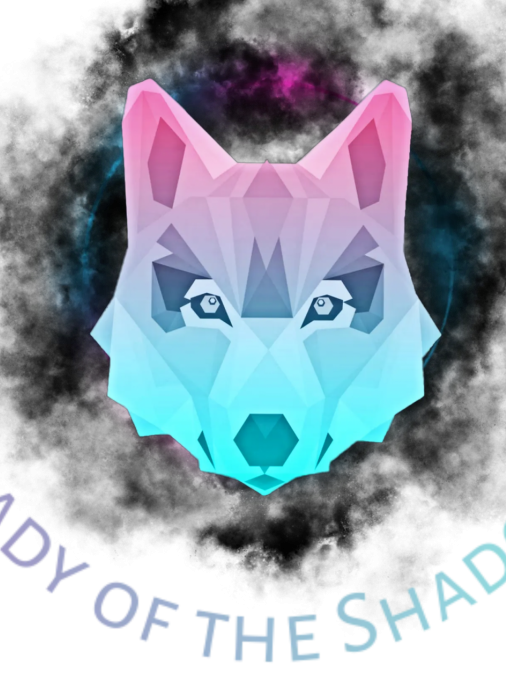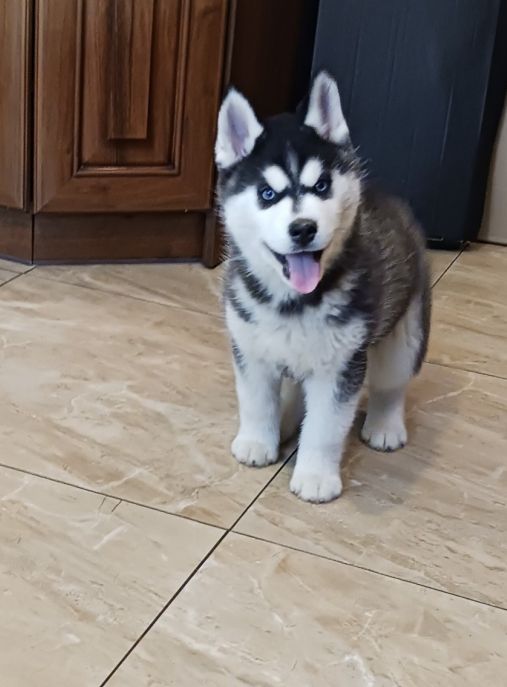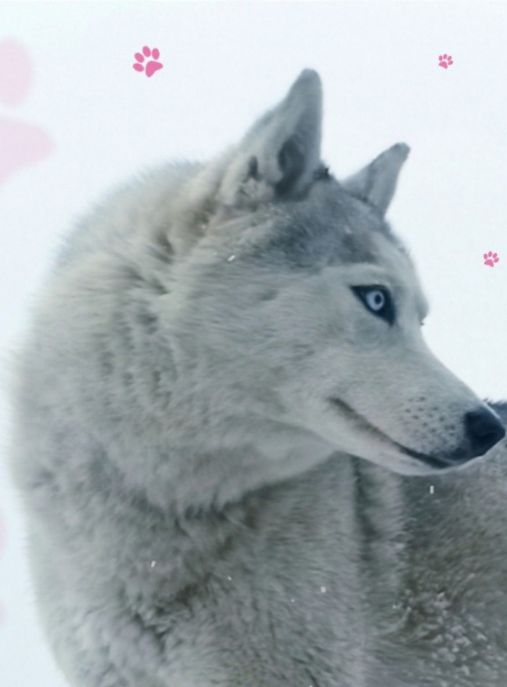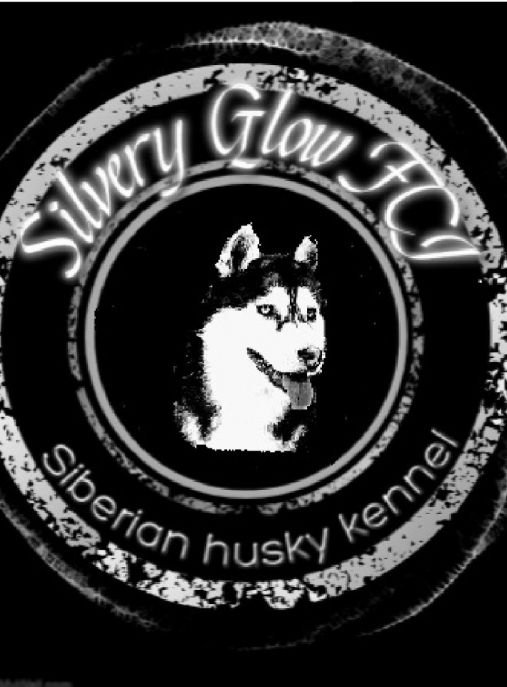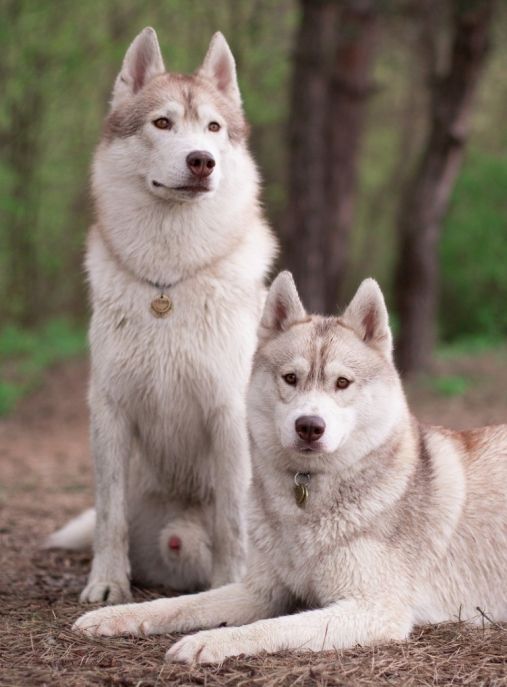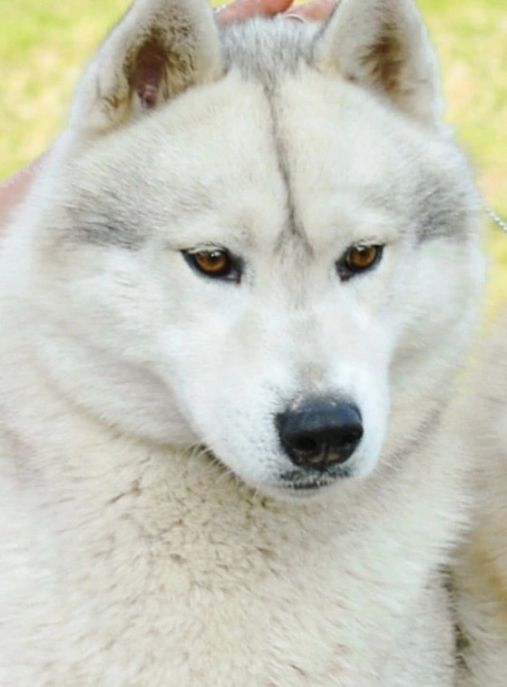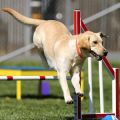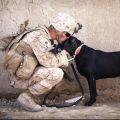This elegant dog with a wolf appearance, great temperament and great persistence was bred by wandering Chukchi from Eastern Siberia. They needed a bold sled dog with strength, endurance and speed. Husky was also used to guard reindeer and houses. In addition to reindeer breeders, the husky was also the dog of sedentary fishermen and hunters in Siberia.
Its advantages were more widely known during the gold rush in Alaska, when the only available means of transport was a dog sled.
There was a strong rivalry between the dog packs, and the huskies were famous for their victories in sleigh races. Husky found its way to the USA in 1909 through fur traders. The breed became known again during World War II by participating in search and rescue operations. Huskies have become the undisputed masters of sled dogs. They were perfect for very difficult weather conditions. They became famous in the 674 mile relay race. They transported the diphtheria serum and saved the city of Nome from the epidemic. The American Kennel Club recognized the husky as a separate breed as early as the 19th century.
- Life expectancy: 12 - 14 years
- Height at the withers - male: 53 - 60 cm
- Height at the withers - female: 50 - 56 cm
- Male weight: 20 - 28 kg
- Female weight: 15 - 23 kg
The Siberian Husky is a medium-sized dog, cheerful and lively. It is a working dog, free and graceful as well as fast and light in movement. Siberiana husky is friendly and gentle, but at the same time alert and open-minded. It does not show the features desired in a guard dog, because it is not overly suspicious of strangers or aggressive towards other dogs. The basic qualities of this dog are intelligence, obedience and an enthusiastic attitude. This makes it a pleasant companion and a great worker.
Husky is a perfect dog for people who like an active lifestyle. It is perfect for training sled sports, dog-hiking, cross-country running and cycling trips. He is characterized by a friendly nature, gentleness and a great willingness to work. It is an intelligent dog with great endurance and a friendly attitude. It is very inventive and clever. It has a perfectly developed hunting instinct, so it should not run in forests without a leash. Unfortunately, it likes to run away because it is curious about the world.
Dogs of this breed are very effusive towards all humans, including strangers. They are dogs not suitable for guardians of the property. They are devoid of aggression and love human company. They do not feel well left home alone for a long time, and then they start to get bored and howl because these dogs do not bark. On the other hand, a husky, left alone in the yard, will look for a way to get behind the fence. Dogs of this breed have a very well-developed hunting instinct and can easily hunt, for example, a neighbor's hen. They are often indifferent to dogs they encounter on a walk.
The breed is quite specific. Husky requires consistent upbringing from the puppy, otherwise it will be wayward, disobedient, cunning and malicious. Due to the preserved strong hunting instincts, walks should only be carried out on a leash. Husky is never inclined to limitless submission to a man. Therefore, this nice and non-aggressive dog will never be a 100% obedient domestic pet. It does not tolerate parting with its family and loneliness, which is why it should be used to it from a puppy. It gets along perfectly with children.
It is enough to brush a dog of this breed once a week. It is permissible to trim the dog's sideburns, as well as the hair around the paws. In other places, it is unacceptable. It does not tolerate heat well, so in summer a dog should always have access to a cool and shady shelter and cold water.
All types of colour are allowed for Siberian husky - from white to black. Head markings, unique to this breed, are common.
The Siberian husky's coat is double, medium length and thick, but never so long as to obscure the contours of the dog's body shape. The undercoat is soft and dense, long enough to support the outer layer. The hair of the outer coat is straight and fairly smooth, never hard or sticking out from the body. Please note that it is normal for an undercoat to be missing when shedding. Trimming sideburns and the hair around the paws for a more neat appearance is acceptable. Trimming hair elsewhere is unforgivable and should be severely punished.
The Siberian Husky is a strong and enduring dog. There may be eye problems such as juvenile cataracts, a corneal defect, and progressive retinal atrophy. Some individuals were diagnosed with hip dysplasia. It should be remembered that puppies should undergo eye examinations, and at the age of about 7 months they should have an initial X-ray for dysplasia. Huskies, unfortunately, are sensitive to some drugs, especially anesthetics and tranquilizers. So talk to your vet before any surgery.
Like any dog, the Suberian husky can be fed a high-quality dry or wet food, as long as it provides it with all the necessary nutrients for its proper growth and development. This is very important for puppies growing up. You can buy well-balanced food for working dogs that are adapted to the age, health and activity of your pet. It is best if it does not contain cereals, and the main ingredient will be fresh or dried meat.
An alternative to dry food is the Barf diet, which consists of feeding your dog raw meat and raw offal, fish, vegetables and fruit. The advantage of this diet is that the dog receives fresh and unprocessed food, thanks to which the body receives all the necessary minerals, vitamins, unsaturated omega-3 and omega-6 fatty acids. Make sure your dog always has access to clean water.
